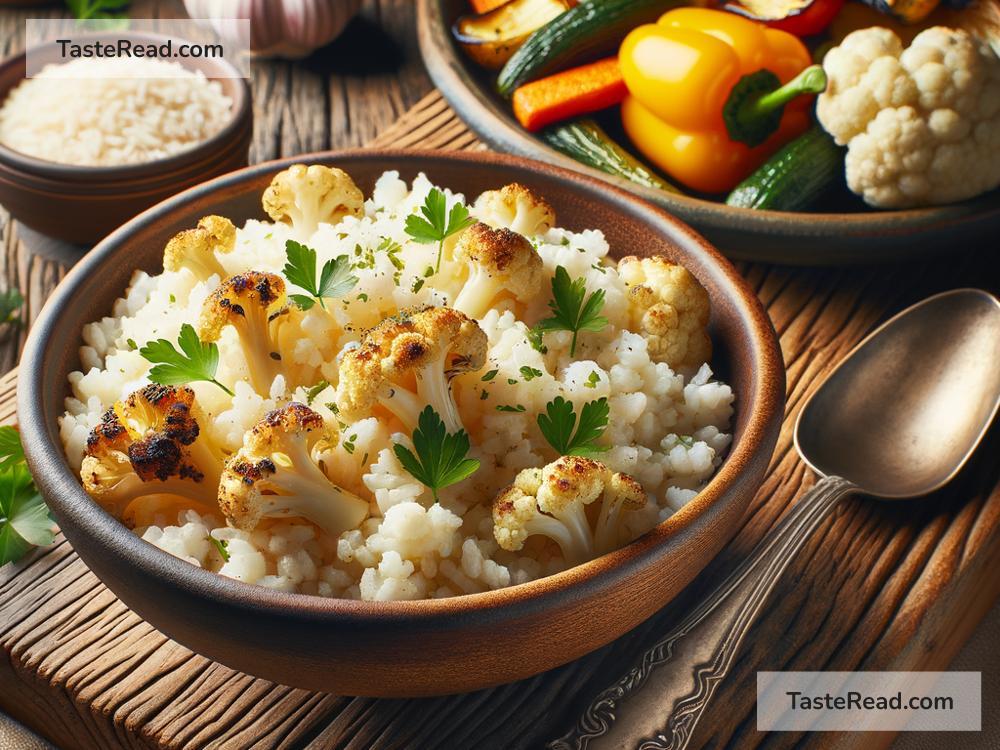Why Cauliflower Can Mimic Grains: A Simple Guide
In recent years, cauliflower has become a go-to ingredient for people looking to cut down on grains, carbs, or gluten in their diets. From cauliflower rice to cauliflower pizza crusts, this versatile vegetable is popping up everywhere. But how does something that grows in a garden take on the role of grains so effectively? Let’s dive into the fascinating world of cauliflower’s grain-mimicking abilities in simple, easy-to-understand language.
The Basics of Cauliflower
Cauliflower is a cruciferous vegetable, part of the same family as broccoli, kale, and cabbage. It’s packed with nutrients like vitamin C, vitamin K, fiber, and antioxidants. Even though it’s incredibly healthy, its popularity hasn’t just come from its nutritional value. What really sets cauliflower apart is its ability to mimic other foods—especially grains. The magic is in its texture, mild flavor, and adaptability.
Why Mimic Grains?
Before we explore why cauliflower works so well as a grain substitute, let’s talk about why people even want to replace grains in the first place. Grains like rice, wheat, and oats are dietary staples in many parts of the world, but they’re not for everyone. Here are some common reasons why people opt for alternatives:
-
Low-Carb Diets: Many people follow diets like keto or paleo, which limit grain consumption due to their high carbohydrate content.
-
Gluten-Free Needs: If you have celiac disease or gluten sensitivity, grains like wheat can cause health problems.
-
Weight Management: Grain alternatives like cauliflower are often lower in calories, which can help with weight control.
-
Blood Sugar Concerns: Some grains cause spikes in blood sugar, while cauliflower has a much lower glycemic index.
Whether it’s for health reasons or personal preference, cauliflower’s ability to stand in for grains has made it a beloved pantry staple.
How Cauliflower Mimics Grains
Cauliflower’s ability to mimic grains comes down to three key characteristics: texture, versatility, and mild flavor. Let’s break each of these down.
1. Texture
When raw, cauliflower is crunchy and firm. However, when cooked and chopped into small bits, it has a grain-like consistency. For example, when you pulse cauliflower florets in a food processor, the result looks and feels incredibly similar to rice. Cooked cauliflower can also absorb liquids well, making it soft and tender like grains.
This texture is perfect for creating grain substitutes like:
– Cauliflower Rice: The small pieces resemble rice or couscous.
– Cauliflower Grits or Polenta: Blended cauliflower can take on the creamy texture of traditional grains-based dishes.
– Cauliflower Pizza Dough: When mashed or blended, it forms the soft but moldable base texture needed for pizza crusts.
2. Versatility
One of cauliflower’s strongest qualities is its adaptability. It can take on many different forms depending on how it’s prepared. You can steam it, roast it, grill it, mash it, and even bake it into other foods. Cauliflower is also easy to season, making it a blank canvas for various recipes.
Think about rice versus cauliflower rice. Rice has a basic flavor that absorbs whatever spices, sauces, or seasonings you pair it with. Cauliflower does the same thing—it doesn’t have a strong taste, so it works well with all types of dishes, from savory to sweet.
You might notice cauliflower replacing grains in recipes like:
– Fried “Rice”
– Risottos
– Soups or stews where grains are typically used
3. Mild Flavor
Unlike some vegetables that can overpower a dish, cauliflower has a neutral taste. This makes it an excellent substitute for grains, which usually need to complement other ingredients in a recipe. Whether you’re making cauliflower tortillas, bread, or porridge, the flavor of cauliflower blends seamlessly with seasonings and toppings.
Its mild flavor means you won’t even notice the swap in many dishes, which is great for picky eaters or anyone hesitant about trying vegetables.
Health Benefits of Cauliflower as a Grain Substitute
Not only is cauliflower a great mimic for grains, but it also comes with its own health perks. When you replace grains with cauliflower, here’s what you gain:
- Lower Calories: Cauliflower is significantly lower in calories than grains, making it ideal for weight-conscious eaters.
- Rich in Fiber: Fiber is essential for digestive health, and cauliflower delivers plenty of it.
- Packed with Nutrients: Grains might be filling, but cauliflower provides vitamins, minerals, and antioxidants that support overall health.
- Anti-Inflammatory Properties: Cauliflower contains plant compounds that can help reduce inflammation in the body.
- Lower Carb Count: For those watching carbs, cauliflower is a fantastic option.
Easy Recipes to Get Started
If you’re new to using cauliflower as a grain substitute, here are some simple recipes to try:
-
Cauliflower Rice: Chop cauliflower into rice-size pieces, sauté with olive oil, and season with salt and pepper. Perfect as a substitute for regular rice in stir-fries or bowls.
-
Cauliflower Pizza Crust: Blend cooked cauliflower until smooth, mix with egg and cheese, and bake into a crispy crust.
-
Mashed Cauliflower: Blend steamed cauliflower with butter and garlic to mimic mashed potatoes or polenta.
Conclusion
Cauliflower may not look like a grain, but its texture, mild flavor, and versatility make it a fantastic alternative to traditional grain-based foods. Whether you’re trying to lower your carb intake, go gluten-free, or simply explore healthier options, cauliflower is a kitchen superstar. With its impressive ability to mimic grains, this humble vegetable is here to stay in our hearts—and on our plates. So go ahead, give cauliflower a try, and discover just how amazing it can be!


